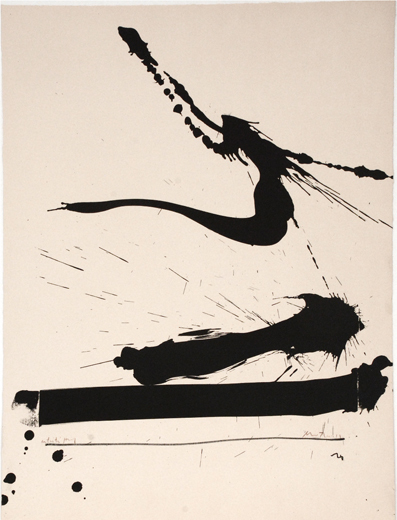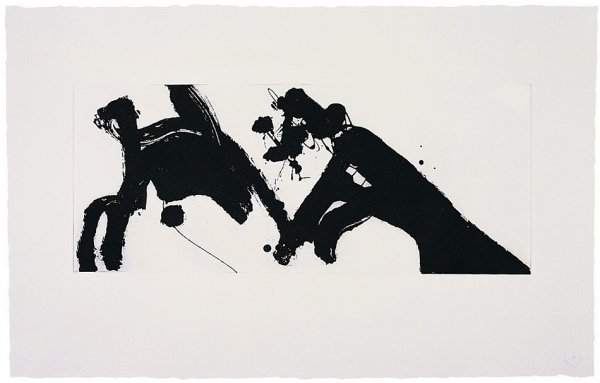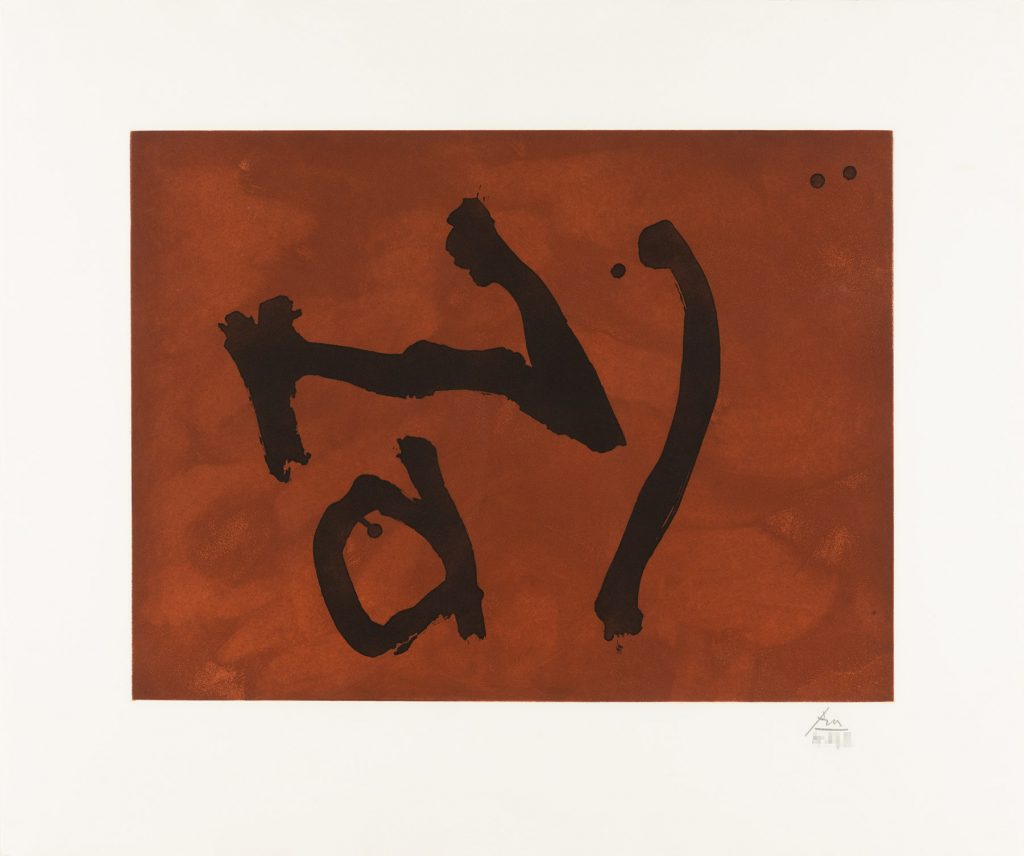Robert Motherwell | Automatism To Abstract Expressionism
The surrealist artist Roberto Matta introduced Robert Motherwell to the concept of automatic drawing or automatism, after a trip to Mexico in 1941, which the Surrealists used to tap into their unconscious. This concept had a lasting effect on Motherwell. Surrealist automatism is a method of art-making in which the artist suppresses conscious control over the making process, allowing the unconscious mind to have great sway.

Motherwell’s noted Mexican Sketchbook visually reflects the resulting change: while the first drawings are influenced by Matta and Yves Tanguy, later drawings associated with Motherwell’s time with Paalen show more plane graphic cadences and details distinguished from the earlier period. Paalen joined the influential Surrealist movement in 1935 and was one of its prominent exponents until 1942.

Motherwell’s seminal trip to Mexico has been described as a little-known but important factor in the history and aesthetics of abstract expressionism. Upon return from Mexico Motherwell spent time developing his creative principle based on automatism.

“What I realized was that Americans potentially could paint like angels but that there was no creative principle around, so that everybody who liked modern art was copying it. Gorky was copying Picasso. Pollock was copying Picasso. De Kooning was copying Picasso. I mean I say this unqualifiedly. I was painting French intimate pictures or whatever. And all we needed was a creative principle, I mean something that would mobilize this capacity to paint in a creative way, and that’s what Europe had that we hadn’t had; we had always followed in their wake. And I thought of all the possibilities of free association – because I also had a psychoanalytic background and I understood the implications – might be the best chance to really make something entirely new which everybody agreed was the thing to do.”
Robert Motherwell Prints
View available original Robert Motherwell prints here.
